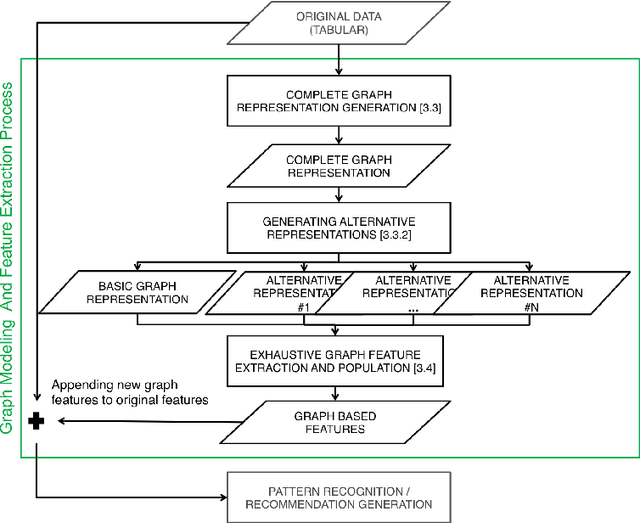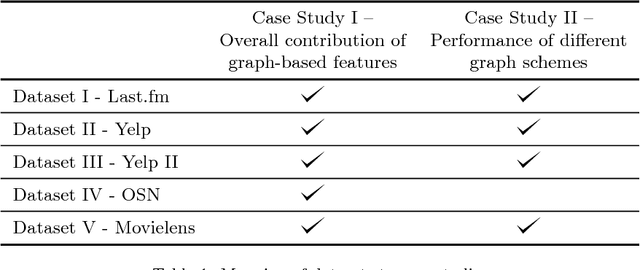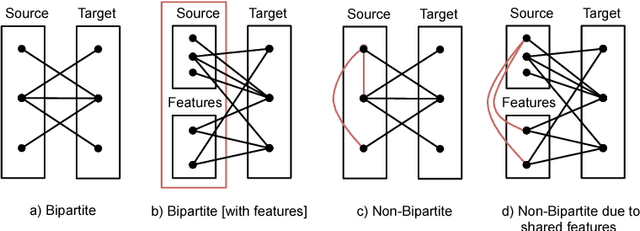Graph Based Recommendations: From Data Representation to Feature Extraction and Application
Paper and Code
Jul 05, 2017



Modeling users for the purpose of identifying their preferences and then personalizing services on the basis of these models is a complex task, primarily due to the need to take into consideration various explicit and implicit signals, missing or uncertain information, contextual aspects, and more. In this study, a novel generic approach for uncovering latent preference patterns from user data is proposed and evaluated. The approach relies on representing the data using graphs, and then systematically extracting graph-based features and using them to enrich the original user models. The extracted features encapsulate complex relationships between users, items, and metadata. The enhanced user models can then serve as an input to any recommendation algorithm. The proposed approach is domain-independent (demonstrated on data from movies, music, and business recommender systems), and is evaluated using several state-of-the-art machine learning methods, on different recommendation tasks, and using different evaluation metrics. The results show a unanimous improvement in the recommendation accuracy across tasks and domains. In addition, the evaluation provides a deeper analysis regarding the performance of the approach in special scenarios, including high sparsity and variability of ratings.
 Add to Chrome
Add to Chrome Add to Firefox
Add to Firefox Add to Edge
Add to Edge